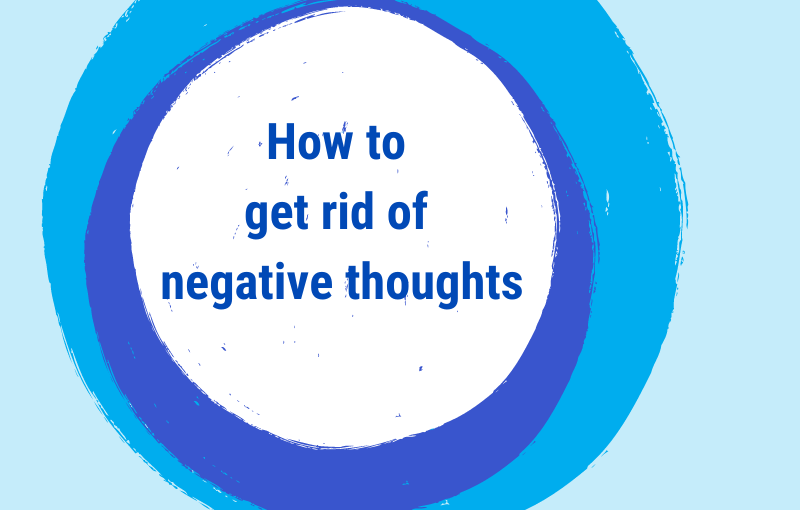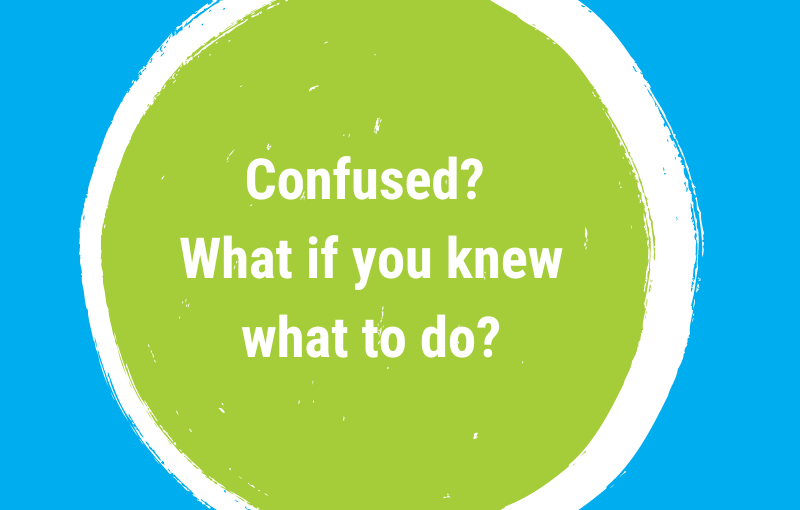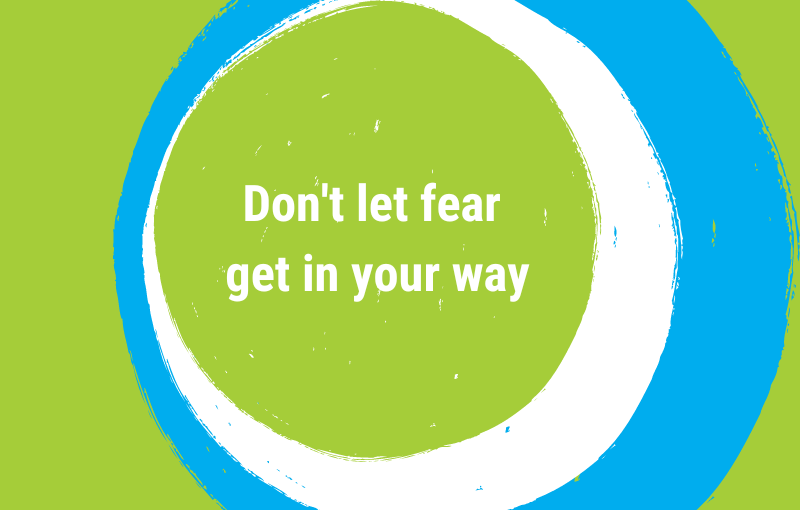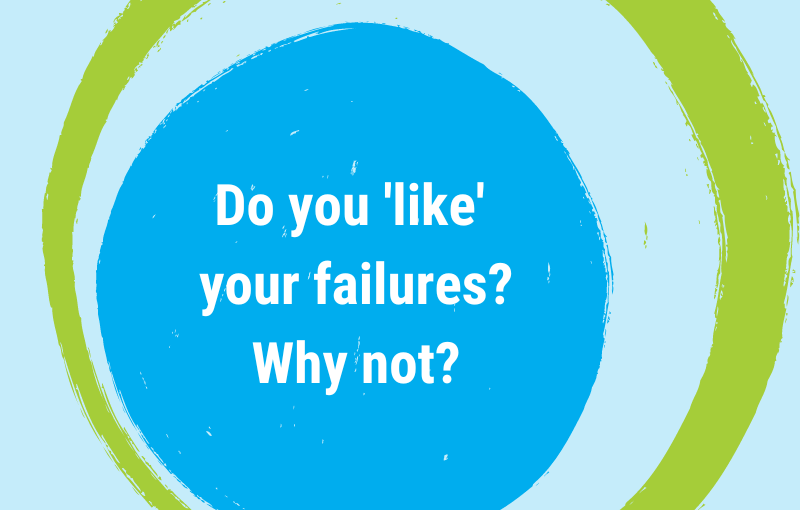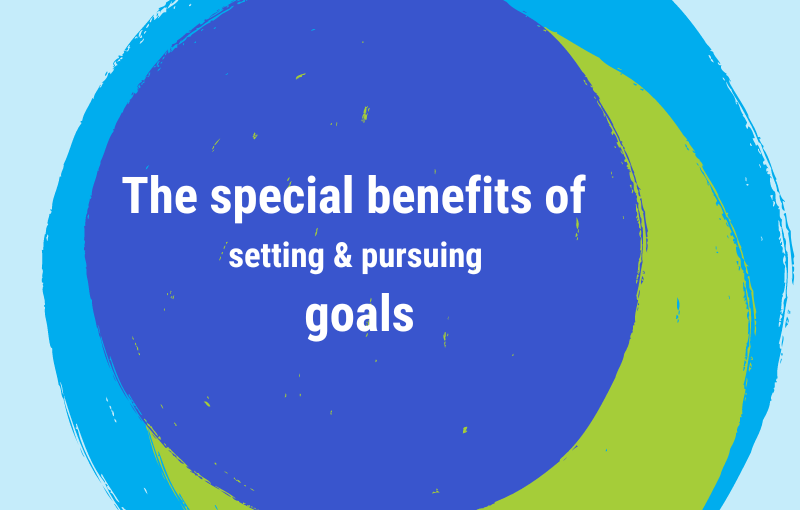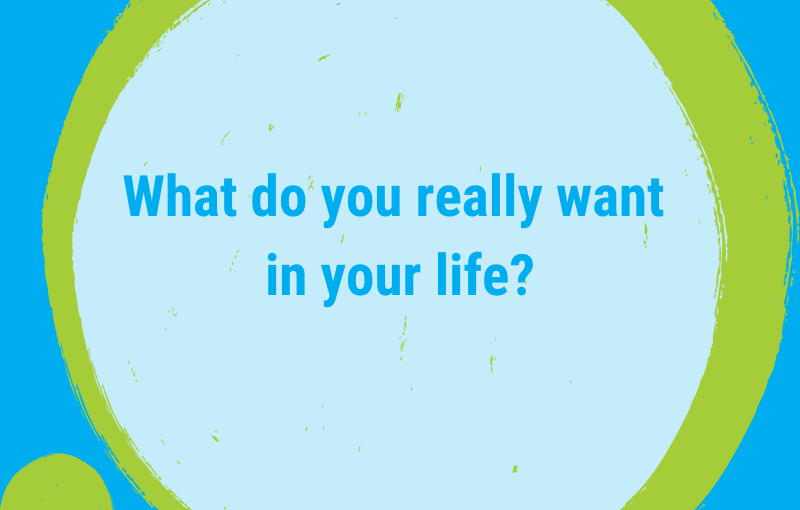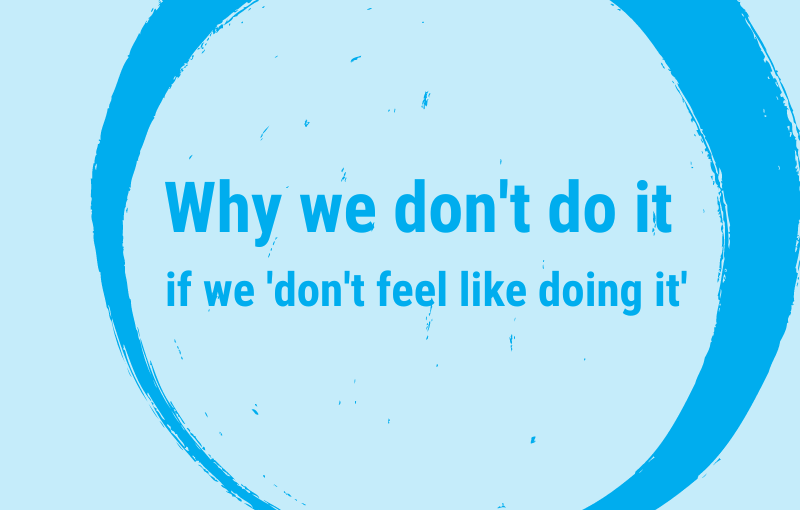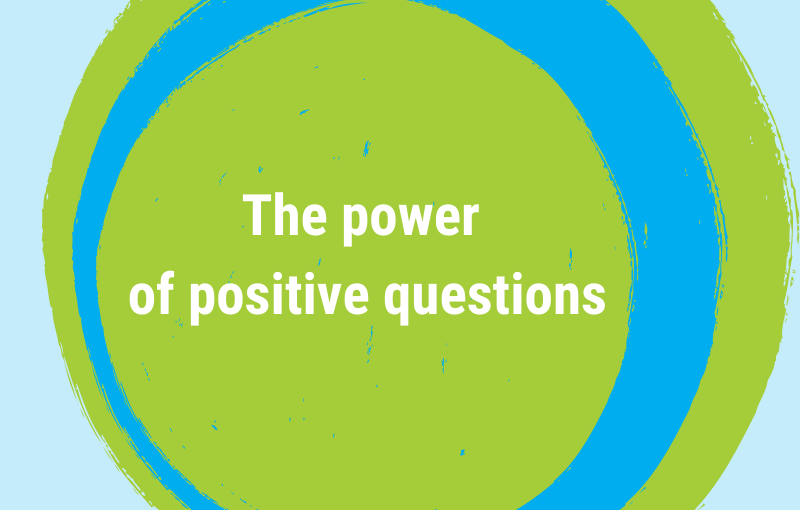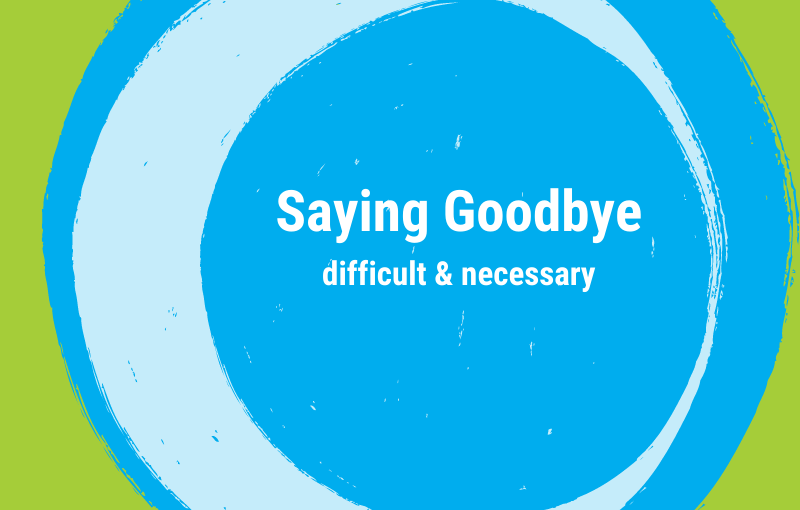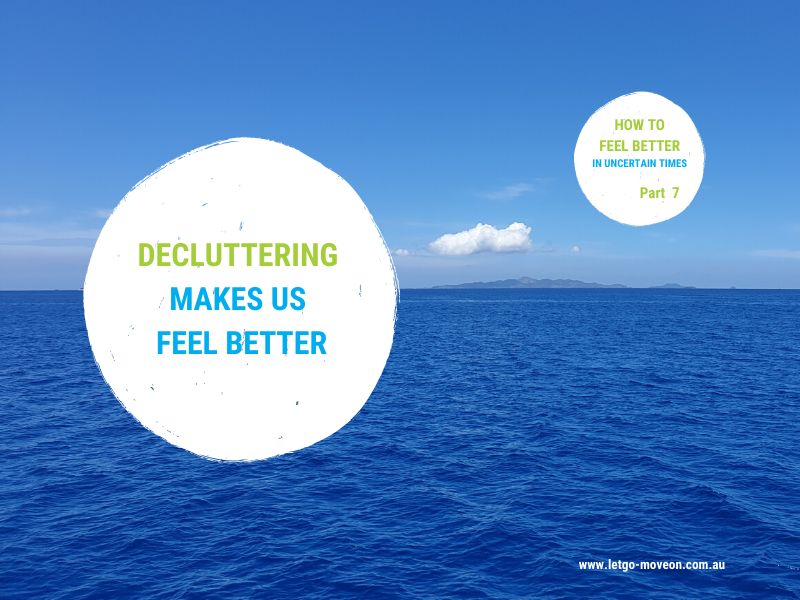“Our families are opportunities for us to grow” (Brooke Castillo)
The holiday season often brings us closer to family, but it can also amplify stress, tension, or unresolved emotions.
How we think about our family directly impacts how we feel and act around them. By becoming more aware of these thoughts, making intentional decisions, and taking deliberate actions, we can transform our family gatherings and interactions into positive, enjoyable experiences.
Let’s explore how using the ADA framework (Awareness, Decisions, Actions) can help you reframe and actively improve your family relationships.
Awareness: Understanding Your Thoughts About Family
To improve your relationships and experiences with your family, start by identifying your current thoughts and feelings.
Use these questions to increase your awareness:
-
- What does “family” mean to you? What do specific family roles mean to you? Consider roles like “mother,” “brother,” or “uncle” and your personal associations with these.
- Are there unquestioned traditions or expectations? Identify any that make you feel uncomfortable or frustrated.
- Do you like your thoughts about your family members? Are they serving you, or do they cause stress and negativity? If you dread family gatherings because they feel stressful, write down why. – Is it due to expectations, obligations, or unresolved conflicts?
Consider these examples to help you uncover the problem areas in your family:
-
- Your Aunt Mary always talks too much, and you usually judge what she says as boring and try to avoid her.
- Your Cousin Bertie always gets drunk and starts singing later in the evening – but even after so many years, you still expect him to remain sober this year (why should he?).
- Your mother-in-law always criticises your food preparations, which makes you feel resentful.
- Your little nephews often get on your nerves because they are so noisy and demanding.
- You feel stressed and overwhelmed each year because of everything you have to organise and manage.
- Your sister expects you always to try all her desserts and praise each of them – and you never stick to your plan to only eat what you want to eat.
Decisions: Choosing Thoughts That Serve You
Once you’ve identified your thoughts – and how they make you feel -, decide which ones to keep and which to change.
It is always good to remember that we can’t control others, but we can control our thoughts, feelings, and actions.
Here’s how:
-
- Drop expectations of others behaving differently – they won’t, most probably. Focus on how you can adjust your perspective.
- Decide how you want to feel. For example, if you want to feel calm, choose thoughts that create calmness.
- Plan your responses. Think ahead about how you’ll react to common challenges.
Examples:
-
- Cousin Bertie’s antics: Instead of wishing Bertie wouldn’t drink, expect that he probably will and choose to see the humour in his singing.
- Mother-in-law’s critiques: Reframe her comments as her way of engaging. Decide to feel calm and smile regardless of her words.
Actions: Implementing Your Plan
Now, combine what you’ve explored and decided – so that you can take deliberate actions to create positive experiences.
Here’s the action part of the exercise:
-
- Write down one challenge you face with a family member.
- Identify the thoughts causing your negative feelings.
- Replace them with a helpful thought.
- Choose an action aligned with this new thought.
Examples:
-
- Aunt Mary talks too much: New thought: “That’s just how she is, Aunt Mary loves to connect.” Action: Ask her open-ended questions to steer the conversation.
- Noisy nephews: New thought: “This is their way of showing excitement.” Action: Suggest a fun game you can enjoy together.
- Overwhelmed by planning: New thought: “I can ask for help.” Action: Delegate tasks or schedule downtime for yourself.
Short Version / Summary of the Exercise:
-
- Reflect on what you want your family gatherings to look and feel like.
- Write down three thoughts you’ll embrace to improve your holiday experience.
- Identify one specific action for each thought that aligns with how you want to feel.
If you want, you can start this year to use the holiday season and gatherings as opportunities to show and feel deeper compassion and connection with the members of your family.
This article is part of the ‘How to enjoy the Holidays with Family’ Series.
Read more:


